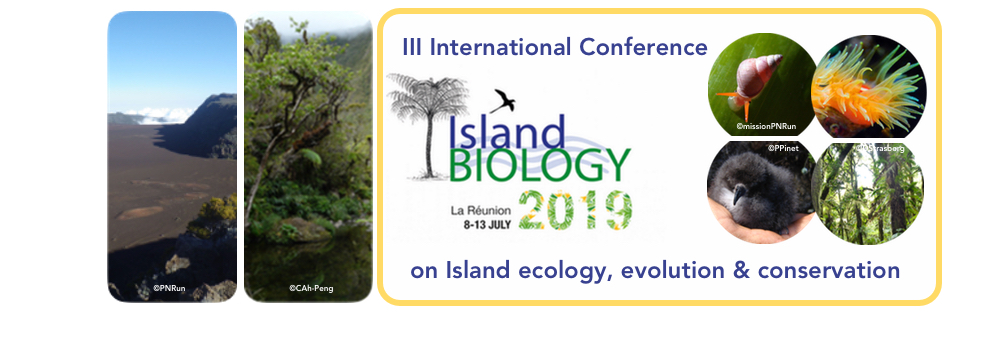New Caledonia is a French overseas archipelago administrated by three provinces, each responsible for the management of its environment. This fragmented jurisdiction has led to a management of the vegetation inconsistent with the geographic distribution of the native plant species, which is obviously rarely limited to a single province. In 2014, an informal group of botanists bringing together environmental managers, scientists, as well as passionate amateurs, proposed to assess the extinction risk of all native plant species by using the Red list methodology. Approved by IUCN and free from provincial boundaries, the Red List Authority of the New Caledonian Flora (RLA-NC) deeply altered the endangered status of the New Caledonian vegetation. In the past, expert appreciation was the only available tool to determine which species should be protected by provincial stakeholders. Nowadays, the local protection status can be based on the Red List status and the assessment carried out by the RLA-NC. To this day, an eye-opening 42% of the ca. 1500 assessed species are considered as threatened and undergo heavy anthropogenic threats such as bushfires, mining activities and invasive species. The RLA-NC is a very useful tool for federating stakeholders, gathering raw data and providing a more accurate picture of the taxonomy and distribution of plant species. Nevertheless, the in situ conservation of threatened species remains a challenge for managers who do not have the wherewithal to efficiently undertake species-by-species protection. We acknowledge that protected area planning is a more applied strategy in which the Red List of Threatened Species is an indispensable element. Finally, the least predictable success of RLA-NC was to become in just a few years a key authority that is consulted before any environmental decisions and whatever the legislative fragmentation.

|
|
|
|
Red Lists and open data: how the New Caledonia Plant Red List Authority has brought together environment professionals, scientists and amateur experts
1 : Association Endemia
BP 4682, 98800 Nouméa -
New Caledonia
2 : Botanique et Modélisation de lÁrchitecture des Plantes et des Végétations
(UMR AMAP)
Centre de Coopération Internationale en Recherche Agronomique pour le Développement : UMR51-2015, Institut Agronomique Néo-Calédonien
Bd de la Lironde TA A-51/ PS 2 34398 Montpellier cedex 5 -
France
3 : Institut Agronomique néo-Calédonien
(IAC)
BP 73 Port Laguerre, 98890 Païta -
New Caledonia
4 : Botanique et Modélisation de lÁrchitecture des Plantes et des Végétations
(UMR AMAP)
Centre de Coopération Internationale en Recherche Agronomique pour le Développement : UMR51-2015, Institut national de la recherche agronomique [Montpellier] : UMR931, Université de Montpellier : UMR5120, Centre National de la Recherche Scientifique : UMR5120, Institut de Recherche pour le Développement : UMR123
Bd de la Lironde TA A-51/ PS 2 34398 Montpellier cedex 5 -
France
5 : Herbier de la Nouvelle-Calédonie
(NOU)
101 promenade Roger Laroque, BP A - 98800 Nouméa -
New Caledonia
6 : New Caledonia Plants Red List Authority
(NC Plants RLA)
* : Corresponding author
Endemia BP 4682 98800 Nouméa -
New Caledonia
|
| Online user: 43 | RSS Feed |

|
 PDF version
PDF version